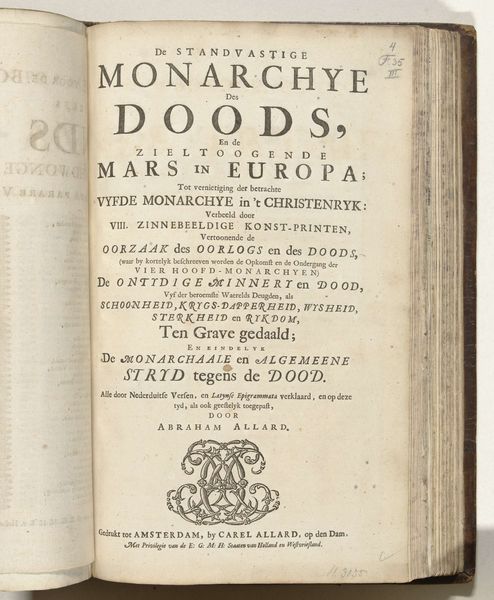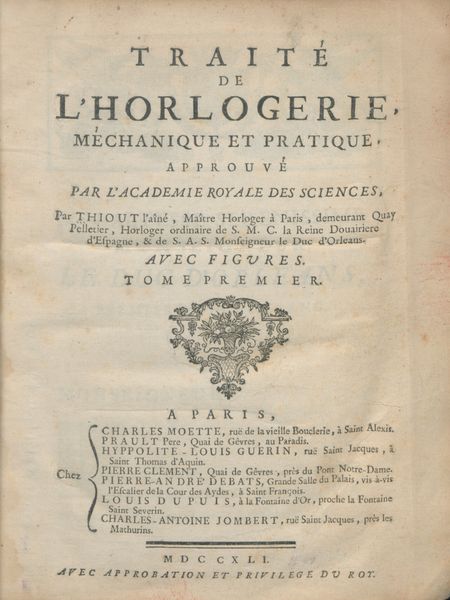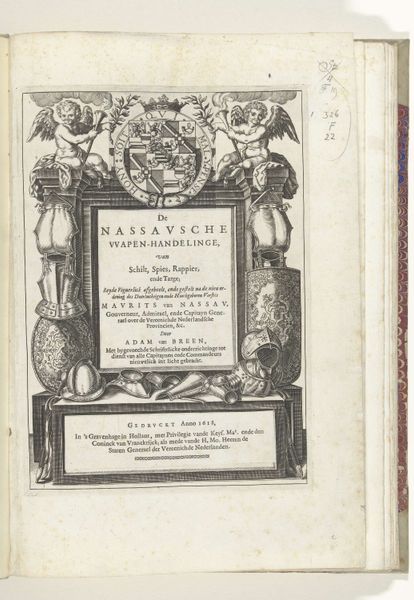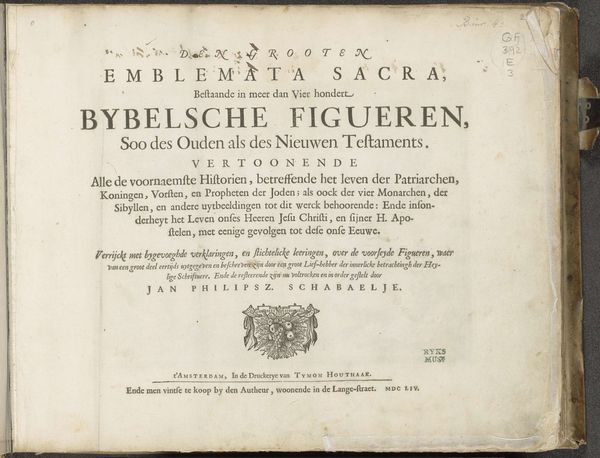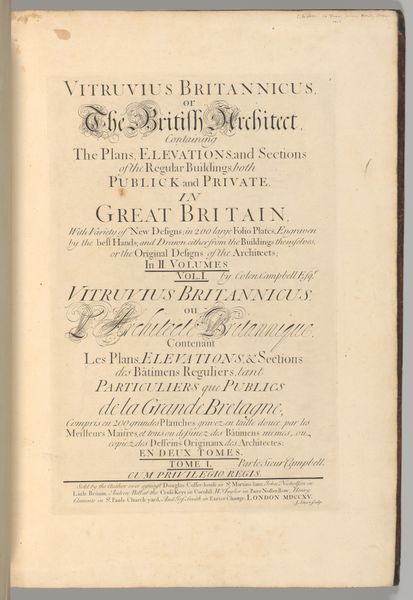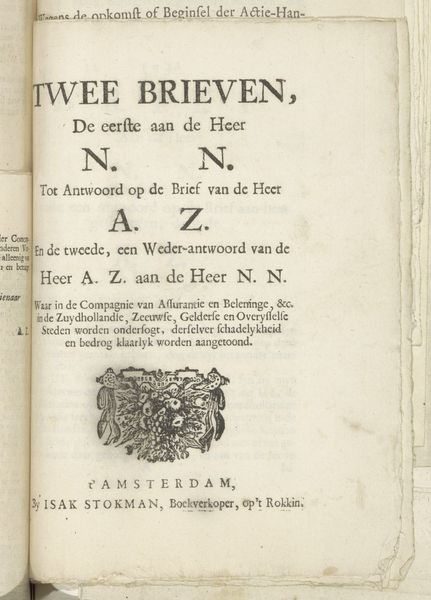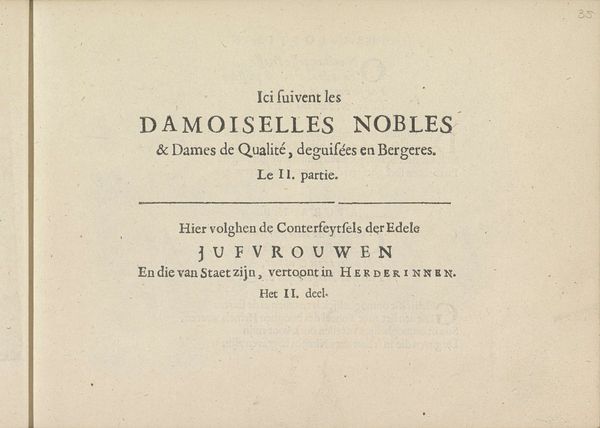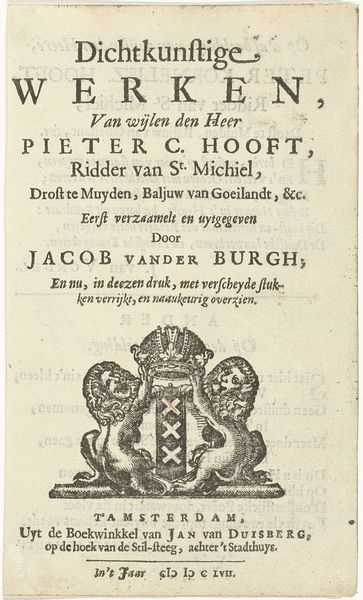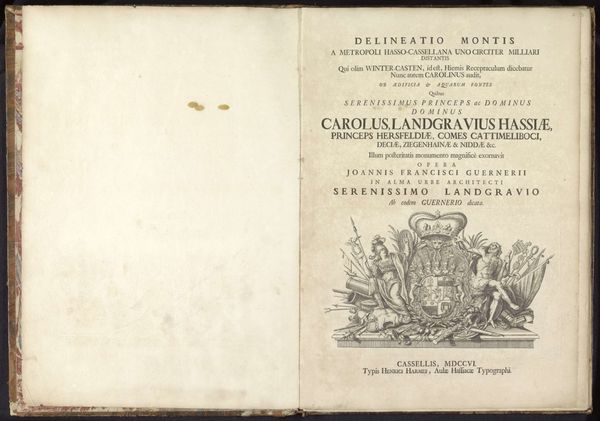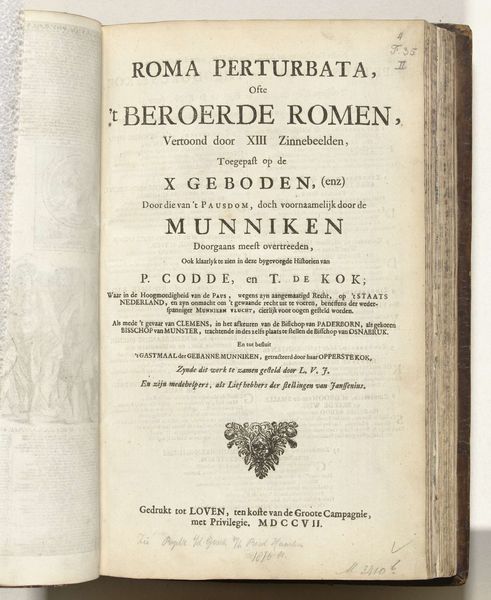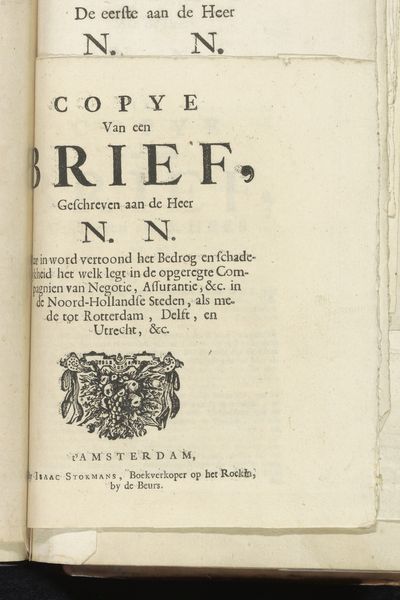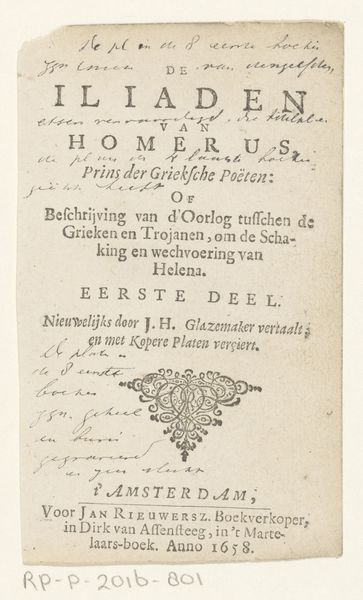
Méthode de nomenclature chimique ; on y a joint un nouveau systême de caractères chimiques, adaptés à cette nomenclature 1787
0:00
0:00
print, typography
#
neoclacissism
# print
#
typography
#
history-painting
Dimensions: [4], 314 pages, [7] folded leaves of plates : diagrams ; Height: 8 1/4 in. (21 cm)
Copyright: Public Domain
Editor: Here we have "Méthode de nomenclature chimique…" from 1787, by Louis-Bernard Guyton de Morveau, and others, currently at the Met. It’s a print of a book page, primarily typography, and I immediately notice its ordered and elegant composition. What stands out to you? Curator: The striking feature is its devotion to clarity through form. Notice how the layout of the text, the different font sizes, and the meticulous spacing all serve to hierarchize the information. Consider how these elements—typography, layout, and ornament—work together. Do they express the rationalism of the Neoclassical era? Editor: I see what you mean! It’s not just about conveying information, but about presenting it in a way that reflects order and reason, like a scientific classification in itself. Curator: Precisely. Each element has its defined place and function. Even the small pictorial vignette possesses a certain structured formality. What is your read of that image at the centre? How does that add to your experience? Editor: Well, the image reminds me of those in scientific textbooks—orderly but clearly communicative about the experiment. Curator: The book designer orchestrates type, image, and format for clarity of communication. How does reflecting on the composition and the relationship between text and image change your experience with it? Editor: I didn't originally connect its formal qualities with Neoclassical values, but seeing the intentional organization, the clarity in every detail… it all feels very deliberate, rational. Curator: It highlights how even functional design can embody profound artistic and intellectual values. We understand Neoclassicism more deeply through considering the organisation and forms.
Comments
No comments
Be the first to comment and join the conversation on the ultimate creative platform.
